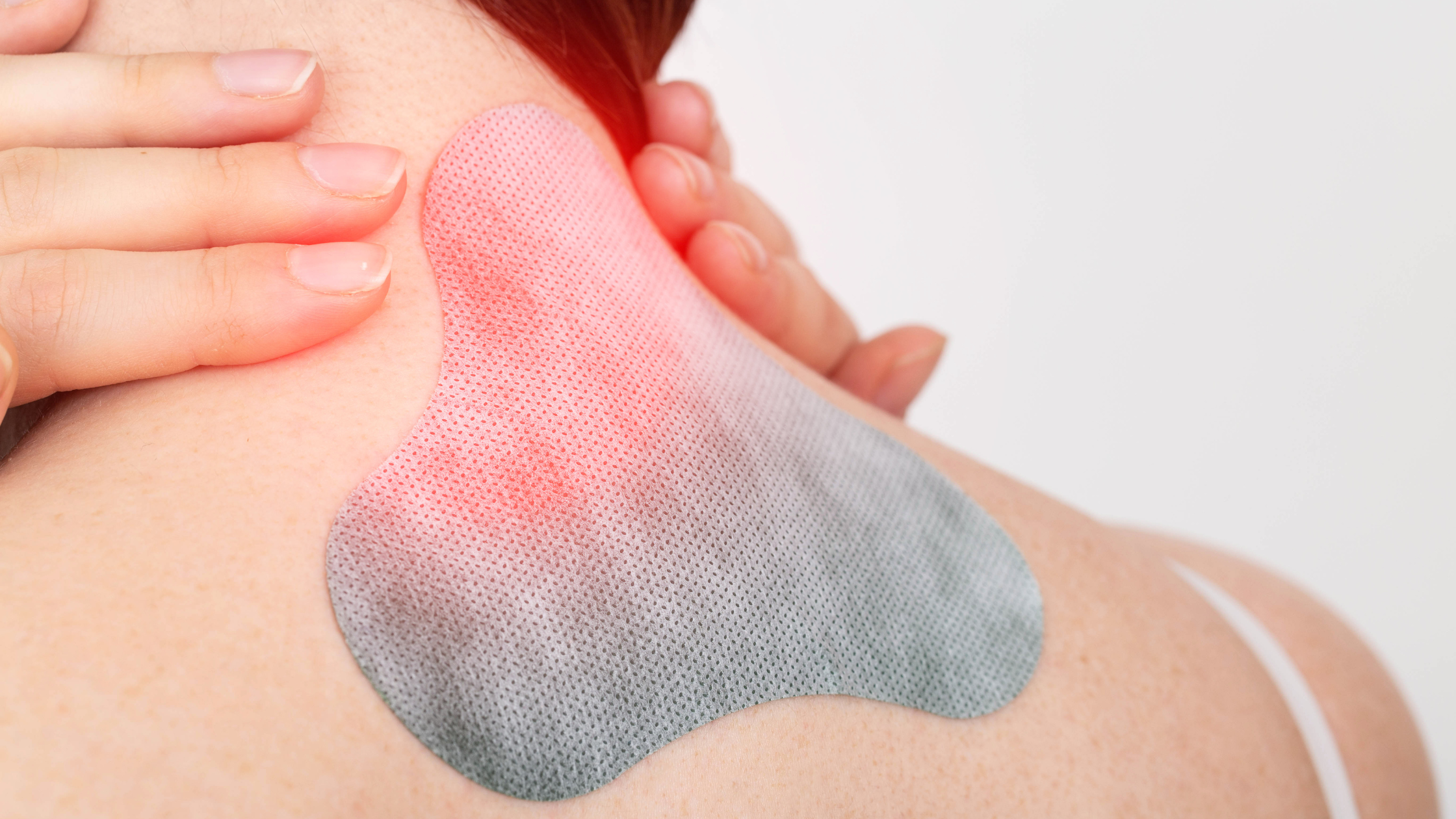![]() Make Appointments 24/7, 365 days a year.
Make Appointments 24/7, 365 days a year. ![]() 302-731-2888
302-731-2888
![]() Make Appointments 24/7, 365 days a year.
Make Appointments 24/7, 365 days a year. ![]() 302-731-2888
302-731-2888

Muscle pain is common, and can originate in any muscle of the body. The medical term for muscle pain is myalgia. Myalgia can be described as muscle pains, aches, and pain associated with ligaments, tendons, and the soft tissues that connect bones, organs, and muscles. Myalgia can typically be localized to one area of the body, or groups of muscles. The most common causes of muscle pain are stress, overuse, injuries, and tension. Muscle pain - specifically systemic muscle pain - can be caused by an illness, infection, or a side effect of certain medications. Common causes of myalgia includes: Chronic fatigue syndrome Fibromyalgia Lyme disease Lupus Myofascial pain syndrome Rheumatoid arthritis Many other diseases and conditions cause pain to muscles such as hyperthyroidism, influenza, and dystonia. Depending on the cause of your pain, muscle pain can be mild or severe, and in some cases, debilitating. Pain is the hallmark symptom of many chronic conditions. Symptoms can vary. Muscle pain may be localized or widespread. Pain can be dull or sharp, mild or severe. With myalgia, the pain can be different, and may last a few minutes or constant. Unfortunately, the varying factors of your pain depend on many things. Myalgia can cause fevers or chills if it is caused by an infection. It can also cause symptoms such as joint pain, or very weak (fatigue). Because of the pain, depression and feeling overly tired are common symptoms. This is true for most chronic pain conditions. Other symptoms can include tenderness, swelling, or redness. It can be hard to do most of your daily activities if you suffer from myalgia and suffer from these symptoms. Muscle pain from overuse or injury can be reduced by resting the body and taking over-the-counter pain relievers or NSAIDs. Rotating between ice and heat within the 24-72 hours can reduce pain and inflammation and be soothing to the muscles, releasing any tensions or knots. Myalgia caused by overuse or a condition like fibromyalgia can be treated by massage or gentle stretching exercises. Pain that persists longer than three days should be addressed by a doctor. If pain is a result of an activity or acts like “pulled” or strained muscle, the best course of method for at-home treatments is the R.I.C.E. therapy: Rest. Take a break from regular, daily activities Ice. Use ice on the affected area for 20 minute intervals throughout the day Compression. A compression bandage can be used to reduce swelling Elevate. Elevating your affected area can be used to help reduce swelling If you experience pain that continues with rest, or if any signs of infections arise around a sore muscle, talk to one of the doctors at First State Orthopaedics about how to manage your pain. Seek immediate attention if you have trouble breathing, suffer from extreme weakness, or have a high fever. Causes of Myalgia
Signs & Symptoms
Treating Myalgia
* indicates a required field.